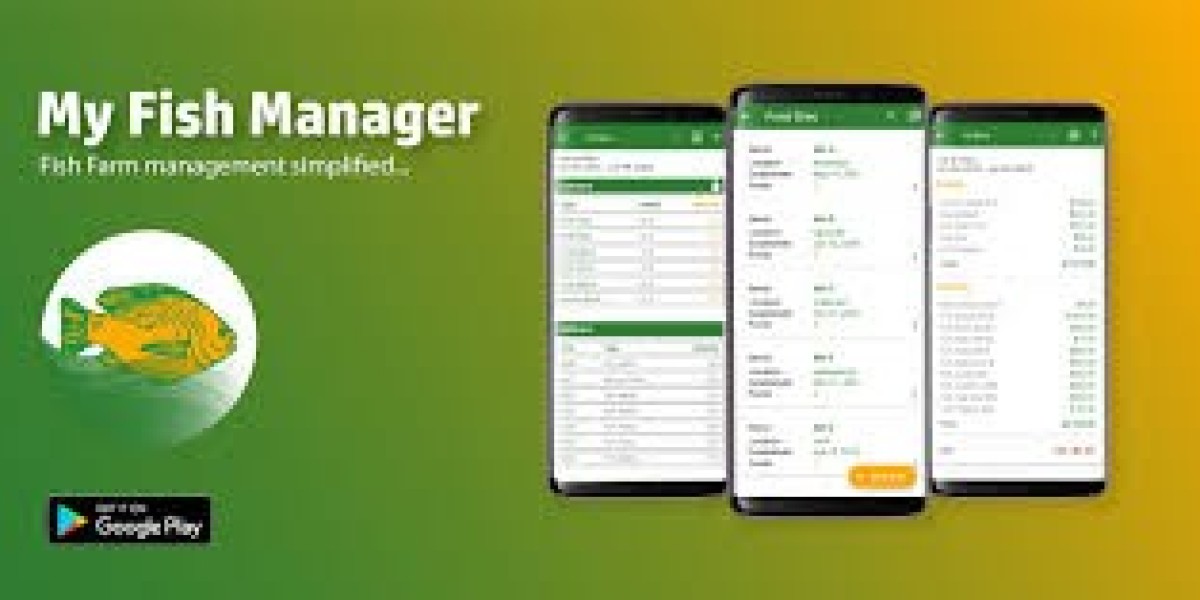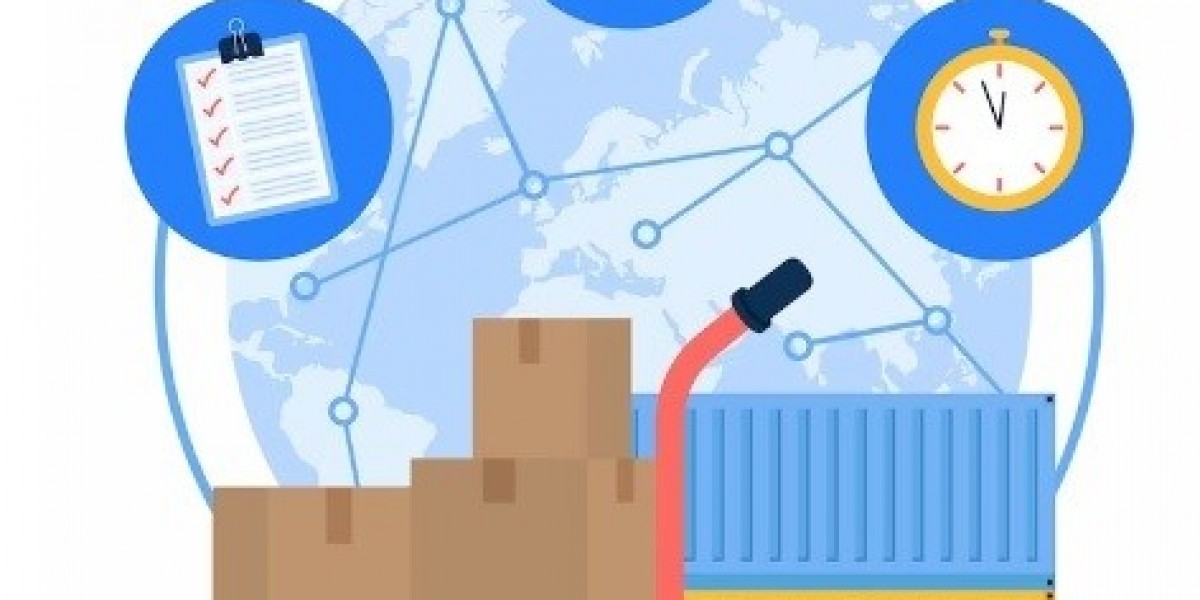Introduction
The aquaculture industry is growing rapidly, and efficient feed management is critical to success. Feed costs make up approximately 50-70% of total production expenses in fish farming (FAO, 2023). As such, optimizing feed use while reducing waste is essential for sustainability and profitability. Advanced reporting in fish farm management software plays a crucial role in achieving this by providing data-driven insights that enhance feed utilization, monitor fish health, and improve farm efficiency.
This article explores how advanced reporting features in fish farm software help farmers streamline feed management, reduce waste, and ultimately boost their bottom line.
The Importance of Feed Management in Fish Farming
Feed management is a vital aspect of aquaculture, influencing fish growth rates, water quality, and operational costs. Poor feed management can lead to:
Overfeeding, which causes feed wastage and deteriorates water quality.
Underfeeding, which stunts fish growth and increases production cycles.
Inaccurate feed conversion ratios (FCR), impacting farm profitability.
Advanced reporting helps fish farmers overcome these challenges by offering real-time data, analytics, and predictive insights.
How Advanced Reporting in Fish Farm Management Software Enhances Feed Optimization
1. Real-Time Feed Monitoring & Tracking
Traditional feed tracking methods often rely on manual logs and estimates, which can be inaccurate. Modern fish farm software integrates IoT-based sensors and AI-driven analytics to monitor feed distribution in real time.
For example, automated feeders equipped with sensors record feed consumption data, ensuring precise tracking of feed usage. The software generates reports showing feeding trends and deviations, allowing farmers to make informed decisions on portion control and feeding schedules.
2. Improved Feed Conversion Ratio (FCR) Calculation
The feed conversion ratio (FCR) is a key performance indicator in aquaculture, calculated as:
Advanced reporting tools analyze FCR trends across different fish species, environmental conditions, and growth stages. By identifying inefficiencies, farmers can adjust feeding regimes, select optimal feed types, and reduce unnecessary expenses.
3. Waste Reduction Through Smart Feeding Strategies
One of the most significant benefits of advanced reporting is the reduction of feed waste. Reports provide insights into:
Uneaten feed detection: Software linked to underwater cameras or acoustic sensors detects uneaten pellets, adjusting feeding schedules accordingly.
Optimal feeding times: AI-driven analysis helps determine the best times for feeding based on fish behavior and environmental factors like water temperature and oxygen levels.
Species-specific feeding adjustments: Different fish species have unique feeding patterns. Advanced reporting enables farmers to tailor feeding strategies for maximum efficiency.
4. Predictive Analytics for Feed Demand Planning
Fish farm software with AI-powered predictive analytics helps farmers forecast feed requirements based on historical data, fish growth trends, and environmental parameters. Predictive models minimize over-purchasing and understocking, ensuring a steady supply of feed without excess storage costs.
5. Data-Driven Decision Making & Cost Savings
With comprehensive reporting dashboards, farmers can analyze:
Feed consumption per tank or pond
Growth rates and mortality rates
Seasonal feed demand fluctuations
Supplier performance and feed quality comparisons
These insights allow fish farm operators to optimize procurement strategies, negotiate better supplier rates, and cut down on unnecessary expenditures.
Case Study: A Real-World Example of Feed Optimization with Advanced Reporting
A study conducted by Norwegian aquaculture company, Cermaq, demonstrated that using advanced reporting software reduced feed waste by 20% and improved FCR by 15% (Cermaq, 2022). By utilizing automated feeding systems integrated with data analytics, the farm achieved:
More precise feed allocation
Reduced environmental impact from uneaten feed
Higher overall fish survival rates
This example highlights the power of data-driven feed management in maximizing efficiency and sustainability.
Key Features to Look for in Fish Farm Management Software
When choosing fish farm management software for feed optimization, look for these advanced reporting capabilities:
Real-time data tracking – Live feed consumption monitoring for instant adjustments.
Automated FCR calculations – Reduces manual errors and provides accurate efficiency metrics.
Predictive analytics – Helps plan future feed requirements based on AI insights.
Customizable reporting dashboards – Tailored insights for specific farm conditions.
Integration with IoT sensors & automated feeders – Ensures precise feeding and reduces manual labor.
Environmental impact monitoring – Tracks water quality and ensures sustainable practices.
Future Trends in Feed Management & Reporting
AI & Machine Learning in Feed Optimization
AI algorithms will play a larger role in predicting fish feeding behavior, further refining feeding schedules and reducing waste.
Blockchain for Feed Traceability
Blockchain integration will enhance feed traceability, ensuring transparency in feed quality and sourcing.
Automated Feeding Systems with IoT
The use of IoT-driven smart feeders will continue to evolve, allowing fully automated, data-driven feeding processes.
Conclusion
Advanced reporting in fish farm management software is revolutionizing feed management by providing real-time insights, optimizing feed conversion ratios, and reducing waste. By leveraging data analytics, AI, and IoT integration, fish farmers can achieve higher profitability while promoting sustainability.
As technology continues to evolve, adopting smart feed management strategies will be essential for the future of aquaculture.
How do you think AI will further transform feed management in aquaculture? Let us know in the comments!









